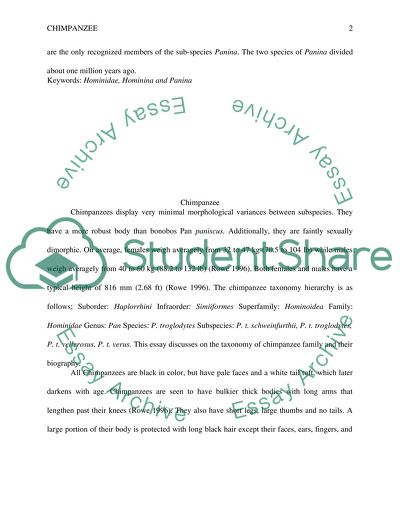Cite this document
(“Biology paper Essay Example | Topics and Well Written Essays - 1750 words”, n.d.)
Biology paper Essay Example | Topics and Well Written Essays - 1750 words. Retrieved from https://studentshare.org/biology/1684258-biology-paper
Biology paper Essay Example | Topics and Well Written Essays - 1750 words. Retrieved from https://studentshare.org/biology/1684258-biology-paper
(Biology Paper Essay Example | Topics and Well Written Essays - 1750 Words)
Biology Paper Essay Example | Topics and Well Written Essays - 1750 Words. https://studentshare.org/biology/1684258-biology-paper.
Biology Paper Essay Example | Topics and Well Written Essays - 1750 Words. https://studentshare.org/biology/1684258-biology-paper.
“Biology Paper Essay Example | Topics and Well Written Essays - 1750 Words”, n.d. https://studentshare.org/biology/1684258-biology-paper.


